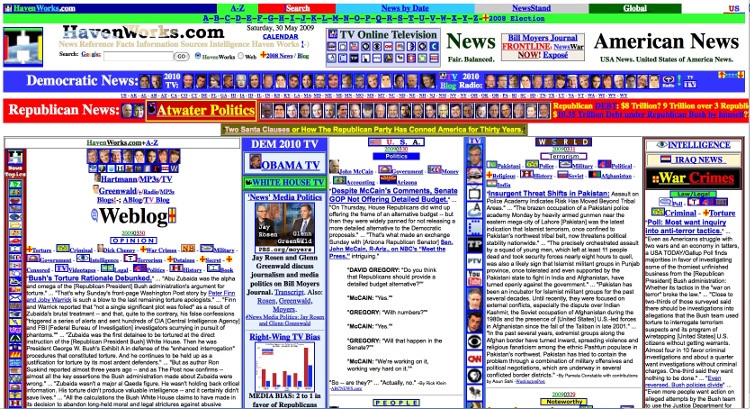From the first glance, customer journey mapping seems to be quite straightforward: collect data, create personas, identify touchpoints, wrap it all together, profit! In reality, it is hardly so. In our article “5 reasons why CJM might not be the weapon of your choice”, we touched upon a few no-no’s when making journey maps. In this how-not-to screw up with CJM, we’ll go a bit deeper to find out what mistakes you can avoid, in order to create maps that rock with minimal losses and maximum gains.
If the University of Hard Knocks has taught us anything it is that making killer customer journey maps is a bumpy road. And here’s the worst part – you cannot do one thing perfectly, fail at another and get a satisfactory result. The only way to make it to the first base is to go full sail – it’s everything or nothing. Avoid the following pitfalls if you don’t take “nothing” for an answer.
Not that VIP
Okay, let’s get it straight here – there’s a humongous difference between making lots of personas and making lots of personas that won’t matter. So it’s not a bad practice to have a bunch of different personas. In some cases, there might be a need for this. For instance, if your business has a diverse target audience, you’ll have to take into account the main types of your customers. Notice that I didn’t say “make a persona for each unique customer” – that is a complete overhead.
Fix: Identify the main types of your customers and their unique journeys and make one persona for each type. Keep in mind that, ideally, you should make a separate CJM for each of your personas. Otherwise, keeping hordes of customer images hanging all over the room doesn’t make much sense.
Don’t be greedy for touchpoints
Now if having dozens of personas in most cases can be a waste of time, having a truckload of touchpoints will hardly hurt you. On the contrary, the more touchpoints you nail, the more chances for CX improvement you get. Making high-level abstractions of customer journeys may seem to be a time-saver. But actually, you’ll lose all the juice behind those abstractions. If Customer Journey Mapping is all about finding breaches in the UX flow, how can you see them when looking from far away?
Fix: Do not settle for few touchpoints to save time. Investigate your UX path like a maniac to find all tiny pieces of the puzzle. The devil is in the details. You never know what insights you’ll scoop.
Danger: Watch out for hidden steps! There’s always something you can overlook. This something may play a key role in the end. A very annoying thing about customers is their free will – they don’t care what path you’re trying to create for them. They can easily bypass any of your touchpoints. Like while you expect them to make their decision based on the review section on your site, they may go to unexpected places and start asking around. And you have to be there too. Hidden steps can be everywhere, hunt them down and get them on paper.
Sacrificing UX for some channels

Photo: http://www.freshbytes.com.au/
Remember the last time you opened a link in your mobile browser and the page looked worse than a dumpster? Buttons all over the place. Or it didn’t show anything at all. I’m not sure which is worse, but neglecting some channels in favor of perfecting others is not a good idea in the world of UX. If you still think it’s okay, my advice is to add a link to your competitors’ website. At least you’ll do something useful. Seriously, the words ‘seamless experience’ are not just words.
Fix: Pay equal attention to all your channels so the customers don’t get frustrated when switching between them. In case you’re short on resources and can’t afford to polish all the channels there’s still two ways: narrow down the number of your channels or pick the ones that are more popular.
Lack of Goals
This one’s a biggie. Before you start with customer journey mapping – even before you think you want it – get all your goals in a row. Ask yourself what you want to achieve by making CJM. If it’s a general UX improvement, designing user experience from scratch or bringing the understanding of customer image to the team. Sailing without a final destination will surely take you somewhere, but somewhere is not what you’re after, right?
Fix: Decide on what you want to get and only then go for mapping. It is best that you put your goals on the map as a reminder. Also, remember to separate business goals from the goals of your users. But first, read our article about goals.
Customer Journey Mapping alone

Photo: http://www.imfdb.org/
Customer journey mapping is a team game like soccer. I mean, you can play soccer alone; no one will stop you from that madness. But really, if you think you can do CJM all by yourself and get all of the cake in the end you better think again. The power of this artifact is in its collective nature. When you work on it together with all your mates, the insights are infinite. You all get to see the UX from the customer standpoint and understand what impact each of you has on the final customer experience.
Fix: Mapping alone is not just like going in first gear; it’s more of a driving backward. Invite as many people as you can. Not just designers. Literally everyone. Staff who works with customers, folks from the back office and customers themselves. This way you’ll make sure that no insight slips away from you.
The worst pitfall of all, of course, is to put your map on the shelf. Once built, it requires constant improvements, updates and checking how effective it is. Customer journey mapping must evolve with your service; it’s the only way CJM will work.
As you can see, mapping customer journeys isn’t a walk in the park on a shiny day. And trust us, this list is far from being complete. But if you avoid all these pitfalls your CJM will take off to the stars and it’ll grab UX with it. We are here to help you make that happen. Go to UXPressia, choose a ready-made CJM template or make one of your own.





